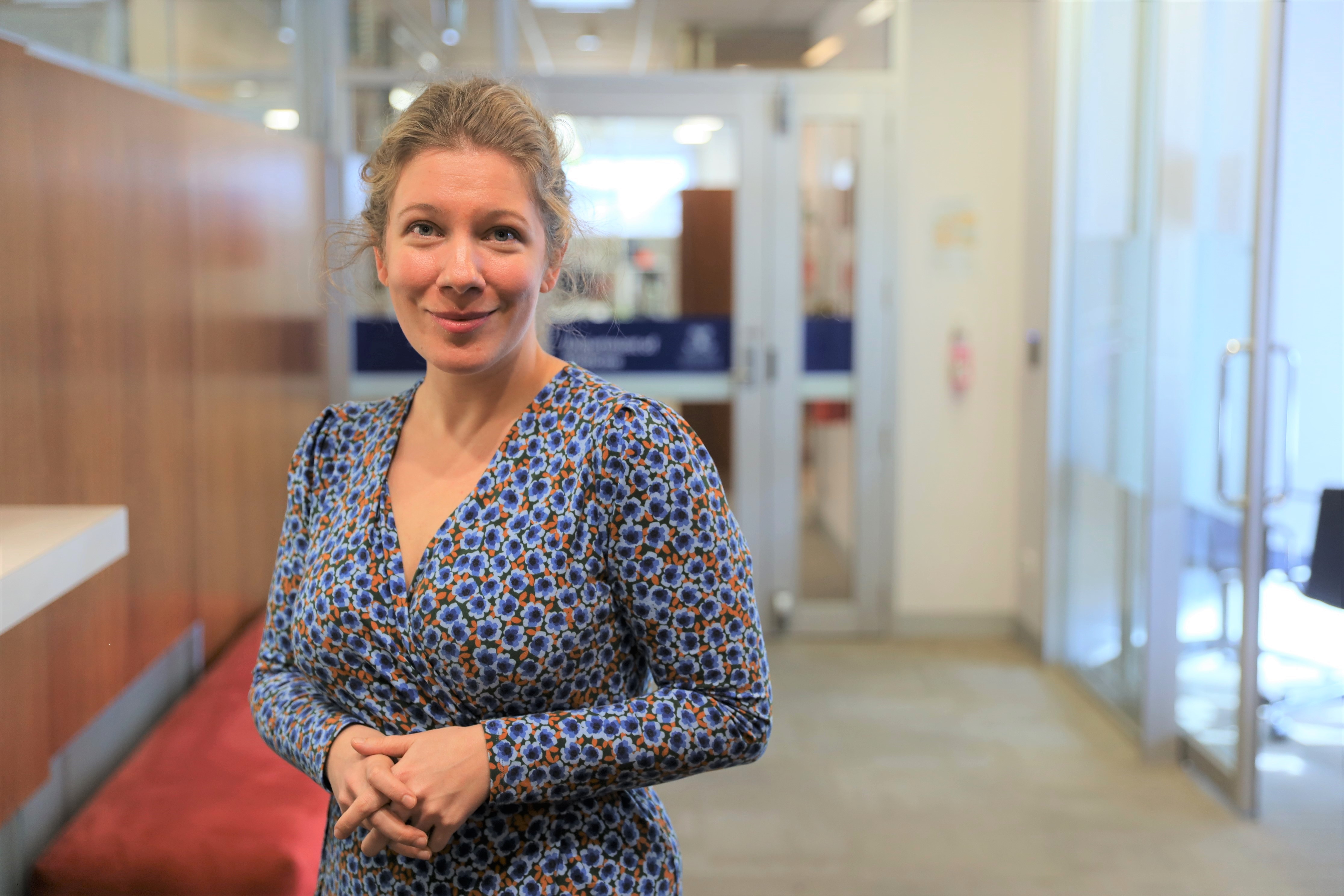Study shows rate of sudden cardiac arrest in young people exceeds the demographic’s road toll

Pictured above: Dr Elizabeth Paratz
A Melbourne-led study has found that sudden cardiac arrest is under-recognised in younger people.
The research has helped to identify particularly at-risk and vulnerable populations. These groups include the young, people living with schizophrenia and people using illicit drugs.
St Vincent’s Hospital Melbourne was a lead clinical trial site for the three-year study that used big data to track patterns in patients across the state who experienced cardiac arrest. “Sudden cardiac arrest affects about five times as many young people as the road toll,” said Dr Elizabeth Paratz, a Cardiologist at St Vincent’s Hospital Melbourne and the lead investigator of the study.
“During the study period we identified there were about 750 cardiac arrests in Victoria each year affecting people under 50.”
The study, which was conducted in collaboration with the Baker Heart and Diabetes Institute and University of Melbourne, identified non-cardiac causes such as pulmonary emboli, metabolic causes or intra-cerebral bleeds for cardiac arrest account for almost half the number of sudden cardiac arrests in young people.
It also recognised that coronary disease, traditionally thought to be more prevalent in the aged, is a common trigger in people under 50 who experience sudden cardiac arrest.
The research is now being used to assess innovations to reduce the frequency of sudden cardiac arrest and improve its management.
“Recognising that not all cardiac arrests are due to a primary heart problem was a very important finding in terms of planning our prevention and management strategies,” said Dr Paratz.
The bigger picture
A world-first time-use analysis was performed as part of the study to determine other activities sudden cardiac arrest patients engaged in as part of their everyday routine.
“Our most recent paper shows that a quarter of young Australians have multiple reasons why their heart may have stopped, which was quite an important finding for us because in the past it was thought the arrest was triggered by just one cause given the individual was generally perceived as young and healthy,” said Dr Paratz.
“This has helped reframe our understanding of sudden cardiac arrest and our interventional strategies. It tells us that when someone’s heart stops, we shouldn’t just do some investigations and stop there, we need to be doing comprehensive evaluations to capture the full gamut of underlying causes.”
These could have relevance for surviving members of the family when there are genetic issues at play, she explained.
“I am very excited that high-quality big data has the power to allow us to see the big picture and tease out unique patterns that will allow us to take the next step in improving outcomes and reducing the burden of cardiac arrest.”
National registry hones in on risk factors
As a key research outcome, Dr Paratz has helped lead and set-up a first-of-its-kind state-wide registry together with Professor Andre La Gerche, a Cardiologist at St Vincent’s Hospital Melbourne.
This registry is helping highlight valuable information that can be used to assist in identifying the risk factors of sudden cardiac arrest.
The Unexplained Cardiac Death registry links ambulance, hospital and forensic data in all cases under 50 to provide a complete overview of patient journeys throughout their cardiac arrest admissions and investigations. Currently it captures data from 2019 to 2021 and work is progressing to turn it into the world’s biggest cardiac arrest registry by expanding it to retrospectively capture 20 years of data.
International collaborations are now underway following the registry’s inception with the Melbourne research team currently supporting colleagues in Germany to set up a similar registry model.
“We have also started sharing some of our data with research teams in Denmark and Spain to determine global variations in data patterns and form even larger registries that can potentially have greater and far-reaching impact,” said Dr Paratz.